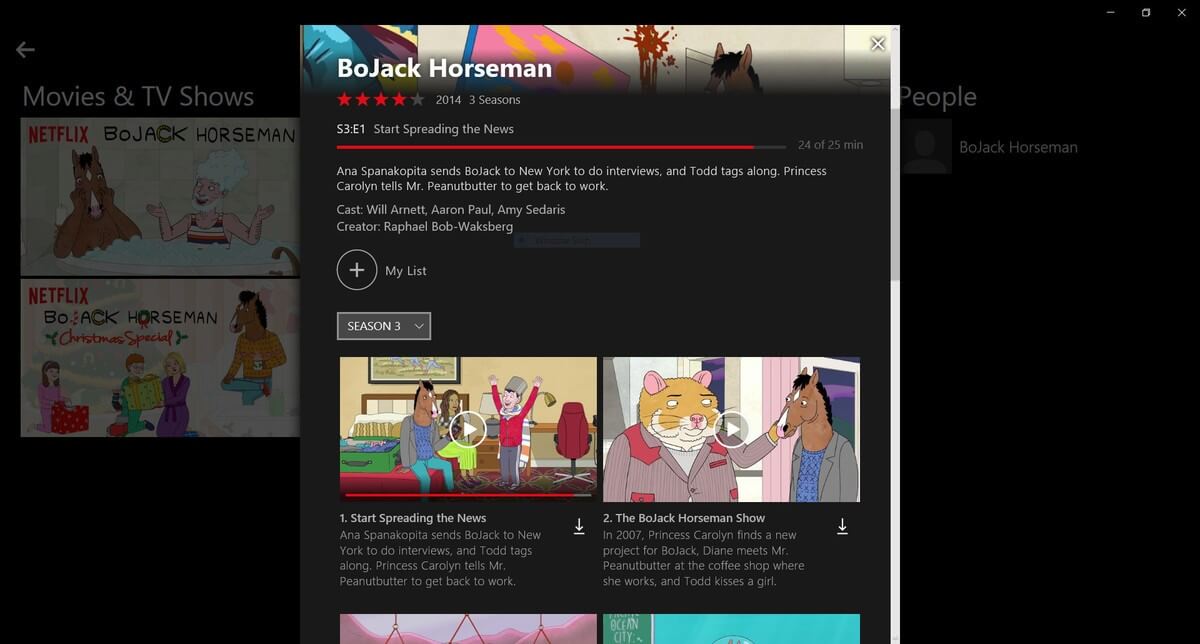


That means that if a sound occurs in the top right corner of the room, the audio will have spatial accuracy instead of being relegated to the right speaker. The lack of positional freedom takes away from the overall immersion factor.ĭolby Atmos ditches the channels and assigns the sound objects to a place.

In this kind of setup, you can hear a helicopter moving from right to left or vice versa, but the system can't reproduce the sound of something flying above you. Audio over conventional surround sound is confined to 5.1 (five speakers, one subwoofer) or 7.1 (seven speakers, one subwoofer) channels. The biggest difference between Dolby Atmos and traditional surround sound is the use of channels. How is Atmos different than surround sound? The more speakers you have, the better the audio positioning as well as detail and overall audio richness and depth. That means that when an airplane flies overhead in your favorite movie, it will sound like there's an actual plane moving above you. The Atmos-optimized tech analyzes all the audio data, and based on the number speakers you have and their placement, it determines optimal playback in real time. Once all that fancy mixing is completed, Atmos can bring theater-quality audio to your living room - provided you have Dolby Atmos-compatible equipment, such as a pair of headphones, a soundbar or a home-theater system with an audio/video receiver.


 0 kommentar(er)
0 kommentar(er)
